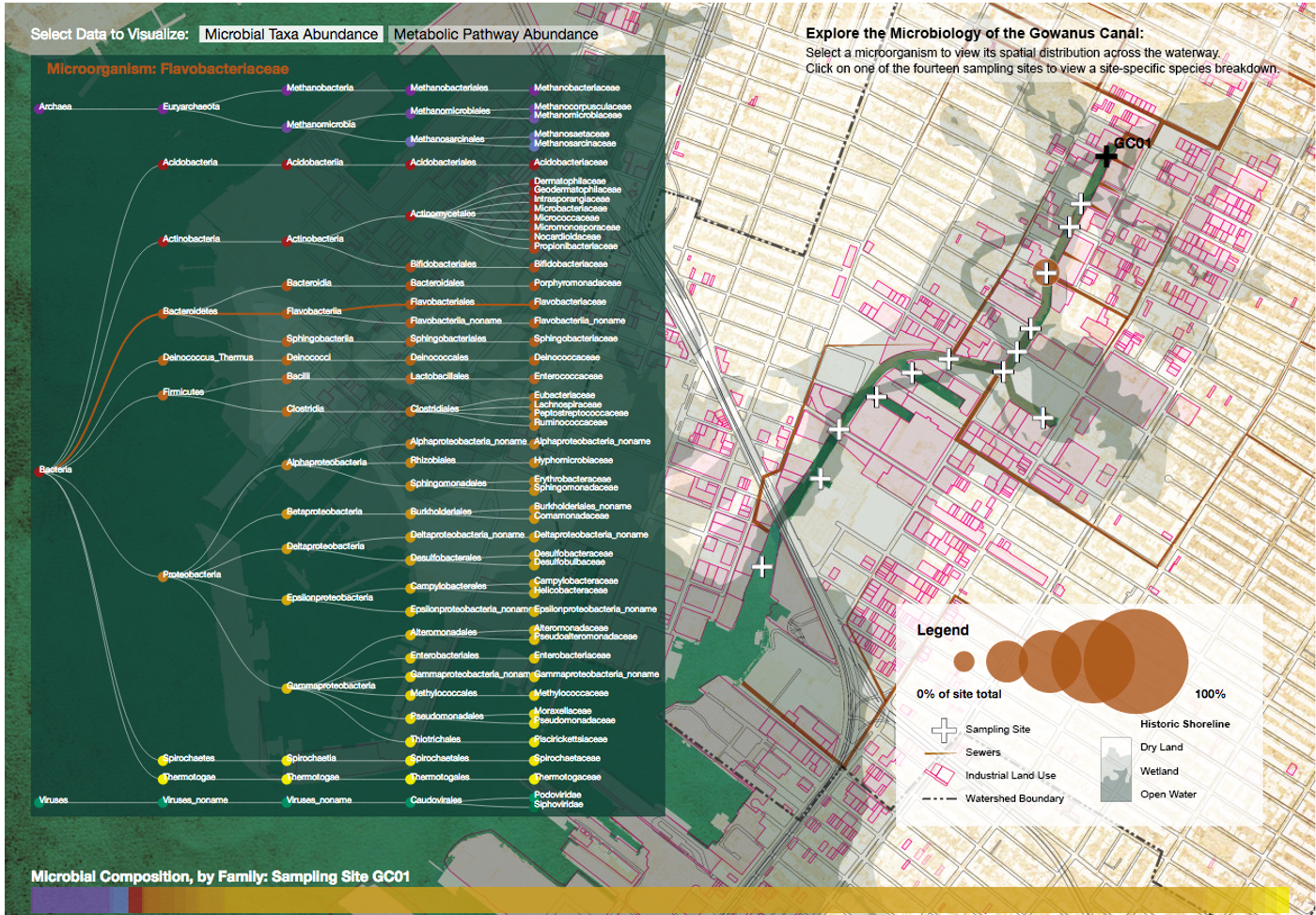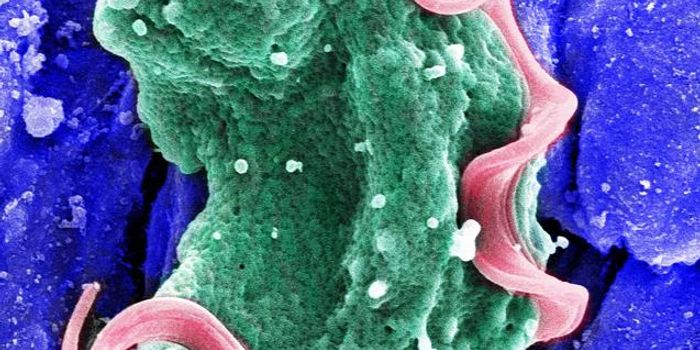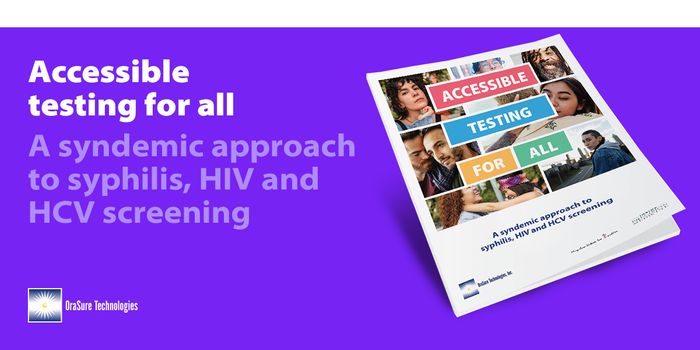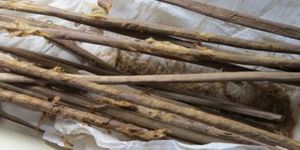Toxins and heavily polluted environments can have a big impact on human health. Sometimes, humans live and work right in the midst of such places, such as the Gowanus Canal in Brooklyn, New York - a superfund site that has been the subject of research by professionals seeking to engage members of the community.
Superfund sites have been selected by the Environmental Protection Agency (EPA) as heavily contaminated places that pose a risk to the environment and human health, and are targeted for or undergoing cleanup. In this canal, heavy industry dumped toxic waste into the water, destroying the quality.
In the video, Irene Predazzi, an Illumina scientific liaison and Jacques Retief, Illumina’s Associate Director of Scientific Affairs tell us more about the research of Chris Mason and Elizabeth Hénaff from Weill Cornell Medical College. They would like to get a closer look at organisms living in the sludge at the bottom of the Gowanus Canal. They’re looking for extremophiles - lovers of unusual environments that have extreme characteristics - and new, unknown life forms. A sample taken from the sludge contains DNA, lots of which can be from totally uncharacterized microbes.
What is particularly amazing about the research finds is that the investigators have found that some of these microorganisms have created a system for degrading volatile compounds that are abundant in the water. Different microbes might be responsible for different steps of the metabolic process, with a community of viruses, prokaryotes and who knows what working together to co-regulating pollutants.
In a broader sense of community, the researchers have also recruited local citizen scientists to participate in their project. They hope that connecting researchers with members of the neighborhood will help the study and improve everyone’s lives in a variety of ways.
Another project relating to the study of microbes in the Gowanus Canal and their unusual metabolic pathways is the
BK Bioreactor. It is described as “an infrastructural bio-network designed to support and propel these investigations [of the Gowanus Canal microbiome] into the future and generate an active space for the community to inquire, investigate and project findings back to the community.”
They have created
an interactive website that allows visitors to explore the various identified bacteria that have been sampled at the canal. Clicking on a microorganism name allows the user to see on a map of New York City where the microbe was taken from. Those bacteria are all organized by
taxa as well so you can get a look at the tree of bacterial life in the environment.
Clicking on Metabolic Pathway Abundance, the website displays the degradation processes characterized in different geographic locations. You can interactively visualize where microbes are breaking down substances such as toluene, a solvent capable of causing serious neurological dysfunction, or atrazine, a common herbicide and pesticide that contaminates drinking water in the United States and elsewhere.
The integration of hard science with community input is sure to be a positive way to educate people and promote research.
Sources:
EPA,
BK Bioreactor




![[Guide] 7 Strategies to Boost Laboratory Collaboration](https://d3bkbkx82g74b8.cloudfront.net/eyJidWNrZXQiOiJsYWJyb290cy1pbWFnZXMiLCJrZXkiOiJjb250ZW50X2FydGljbGVfcHJvZmlsZV9pbWFnZV83YzBjZWIwM2Y5YzI4MmFlYzBhZDZhMTcyNTQ1ZGU3YmE4Y2MzMDYyXzUxNDkuanBnIiwiZWRpdHMiOnsidG9Gb3JtYXQiOiJqcGciLCJyZXNpemUiOnsid2lkdGgiOjcwMCwiaGVpZ2h0IjozNTAsImZpdCI6ImNvdmVyIiwicG9zaXRpb24iOiJjZW50ZXIiLCJiYWNrZ3JvdW5kIjoiI2ZmZiJ9LCJmbGF0dGVuIjp7ImJhY2tncm91bmQiOiIjZmZmIn19fQ==)






